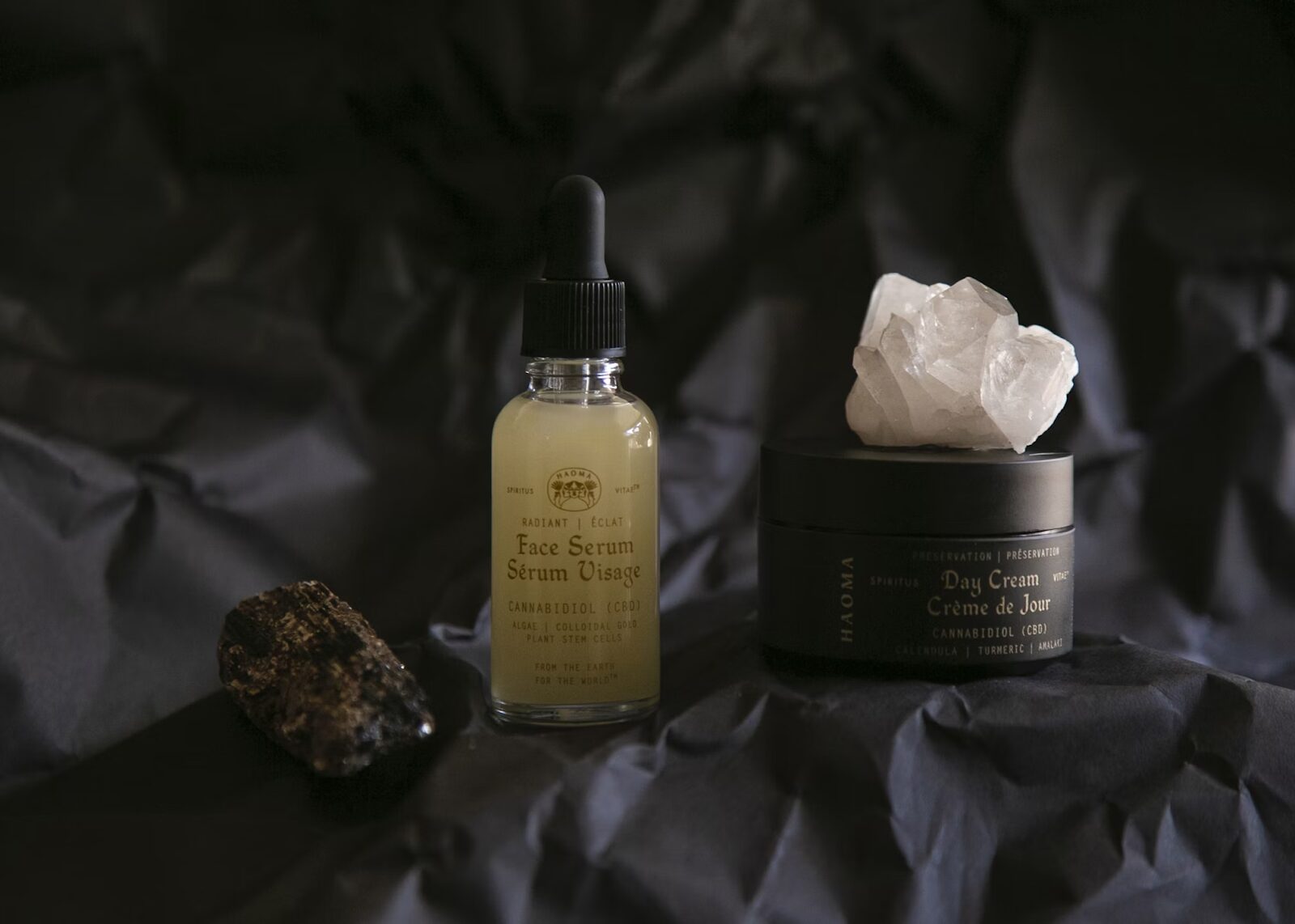The global K-beauty market is experiencing a significant resurgence. This renewed interest stems from strategic pricing, accessible innovation, and a shift in consumer behaviour post-pandemic. South Korea has long been recognised as a beauty innovator. Still, its influence is again expanding as global consumers look for effective, affordable skincare products that reflect evolving values and routines.
Affordable Pricing Strategy
One key factor driving the current boom in K-beauty is its affordable pricing strategy. Compared to premium Western skincare brands, many Korean beauty products deliver high performance at a lower price point. Brands, retailers, and K-beauty online stores like MeamoShop have focused on maintaining cost efficiency without compromising quality.
This has allowed them to compete in global markets where consumers are increasingly price-sensitive due to economic uncertainty. The perception that K-beauty offers “luxury results at an accessible price” remains central to its appeal.
Innovative Product Development

Another core strength of the K-beauty industry is innovative product development. South Korean brands are known for being agile and trend-sensitive, frequently releasing new products based on emerging skincare trends, consumer feedback, and scientific research.
Innovation is embedded not just in ingredients but in formulations and delivery methods. Popular formats like sheet masks, essence toners, and ampoules originated in Korea and have since become staples in global skincare. Moreover, South Korea’s highly competitive domestic beauty market fuels continuous experimentation and rapid product iteration.
Digital Content Integration
K-beauty’s resurgence is also supported by digital content integration. Brands increasingly leverage social media platforms, influencer marketing, and user-generated content to expand their reach. Short-form video content, tutorials, and skincare reviews have helped demystify complex K-beauty routines and build consumer trust.
Platforms like TikTok and Instagram have been especially effective in amplifying K-beauty trends. Viral product reviews and visual before-and-after comparisons contribute to rapid international adoption. In this context, beauty brands no longer rely solely on retail partnerships—they actively shape online discourse around skincare.
Functional Ingredient Focus
Another factor in the market’s growth is its functional ingredient focus. Consumers are becoming more ingredient-conscious, and K-beauty products often highlight actives like niacinamide, centella asiatica, snail mucin, and propolis—ingredients that offer visible skin benefits and align with clean beauty preferences.
Rather than vague promises, many K-beauty brands communicate specific outcomes, such as hydration, barrier repair, or acne control. This clear positioning resonates with informed consumers who research ingredients before purchasing. Blending traditional herbal components with cutting-edge science adds credibility and versatility to product offerings.
Holistic Skincare Philosophy
K-beauty is grounded in a holistic skincare philosophy emphasizing prevention, balance, and skin health over instant results. This long-term approach is aligned with changing consumer attitudes, especially among younger demographics who see skincare as self-care rather than just aesthetics.
The iconic multi-step routine—double cleansing, exfoliating, toning, treating, and moisturizing—may be simplified today, but its influence endures. Even minimalist routines borrow from K-beauty’s structure, encouraging consistency and intentional product layering.
Gen Z Consumer Alignment
K-beauty’s values are closely aligned with Gen Z consumer alignment. This generation prioritizes transparency, ethical sourcing, and inclusive branding. Many Korean beauty brands meet these expectations through cruelty-free practices, environmentally conscious packaging, and authentic storytelling.
Additionally, Gen Z tends to support socially aware and purpose-driven brands. K-beauty brands that demonstrate cultural pride and community values are especially well-received. These consumers also value aesthetic packaging and visual appeal, which K-beauty has historically excelled at delivering.
Cross-Border Distribution
Wider cross-border distribution has played a significant role in K-beauty’s global boom. Thanks to partnerships with international e-commerce platforms, major beauty retailers, and direct-to-consumer channels, Korean beauty products are now more accessible than ever.
Markets like North America, Southeast Asia, and Europe are seeing increased shelf space and localized marketing efforts for K-beauty brands. Small and emerging brands can compete globally without a physical presence in every region with streamlined logistics and digital storefronts.
Cultural Soft Power
The rise of K-pop, Korean dramas, and other elements of Hallyu (the Korean Wave) has contributed to the cultural soft power that supports the beauty industry. As international fans admire Korean celebrities and their flawless appearances, interest in their skincare routines naturally follows.
This cultural connection extends beyond fandom. Korean aesthetics, routines, and lifestyle philosophies have become aspirational models for many consumers. K-beauty brands collaborating with K-pop idols or Korean actors often see rapid sales boosts due to their global fanbase.
Market Expansion Potential
Lastly, the K-beauty market continues to thrive due to its market expansion potential. With growing interest in beauty across the Middle East, Latin America, and Africa, Korean brands are exploring untapped regions and adjusting their marketing strategies accordingly.
Localized products, language-specific campaigns, and regionally adapted formulas are helping Korean companies enter new markets more effectively. The global demand for personalized skincare experiences and K-beauty’s flexibility allow for sustainable growth in the years ahead.
On A Final Note
The K-beauty market is booming because it meets the needs of modern consumers: effective products, reasonable pricing, strong brand narratives, and global accessibility. It is not just about trends or aesthetic appeal—it reflects a deeper cultural shift toward informed, intentional skincare. By continuing to innovate, stay connected to consumer values, and expand into new markets, K-beauty is not just experiencing a comeback—it’s evolving into a global standard.

















